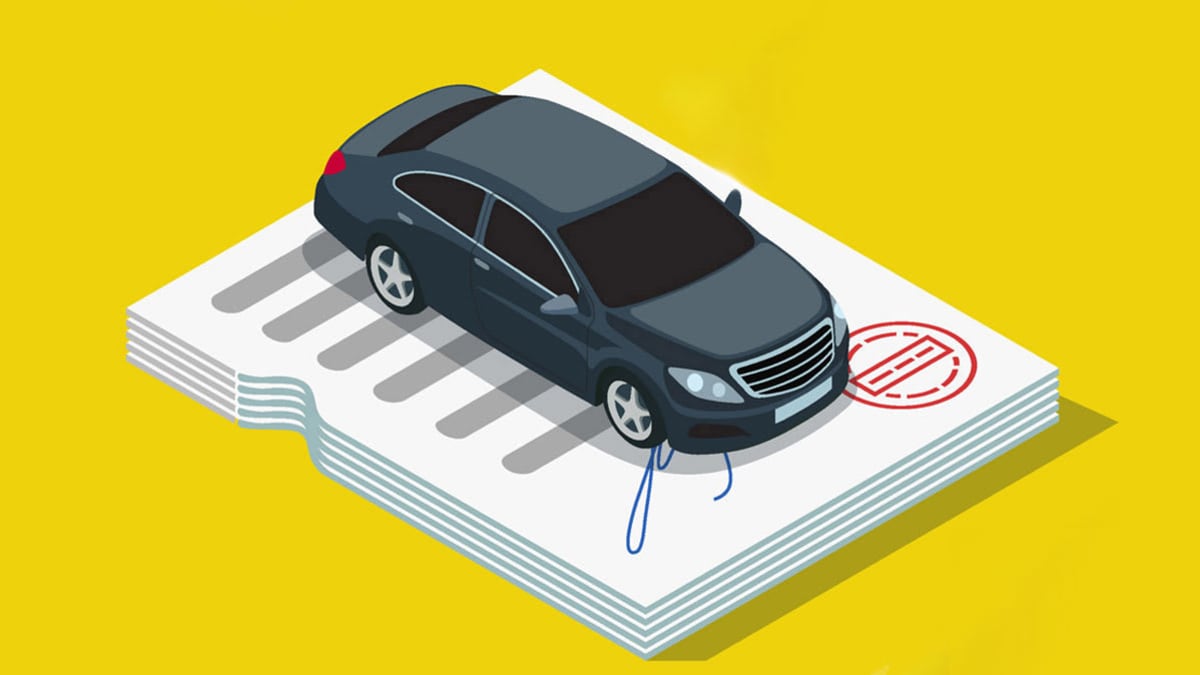
Buying and leasing have one thing in common: You should first negotiate the price of the vehicle. Only after you have a firm price should you discuss leasing. After all, it’s a form of financing.
Whether you’re comparing leases or evaluating a single offer, pay particular attention to the lease interest rate, aka the “money factor.” This is a small decimal fraction, often written out to five places, such as .00166.
To convert a money factor to its equivalent percentage rate, multiply it by 2,400. Thus, a money factor of .00166 multiplied by 2,400 is the same as a 4 percent annual percentage rate. To go the other way, divide by 2,400. An 8 percent annual percentage rate would convert to a money factor of .00333.
Lease rates are often lower than an equivalent loan’s interest rates. Lease contracts are also less risky for a finance company. Because the finance company legally owns the car, it’s easier to repossess it if necessary.
A number of automakers offer a one-payment lease. In exchange for paying the full amount up front, you’re charged a lower money factor than if you made monthly payments. This could translate into big savings, but it requires you to put up a substantial amount of money at one time.
If the lease rate you’re being offered is more expensive than a loan rate you could get, try another leasing company or a different dealer. Keep in mind that lease rates, like those for loans, depend on your credit score. But different lenders have different standards. And remember that you can negotiate the money factor.
You may be able to arrange a lease yourself or compare lease offers through online sources such as TrueCar.com and Credit Union Leasing of America (cula.com).
The mileage limit, down payment, and purchase-option price can also be negotiated. Remember that, just as with a loan, the more you put down, the less your finance charges will be.
Unless it’s included with the lease, buy Guaranteed Auto Protection (GAP) insurance to protect yourself in case the vehicle is stolen or totaled in a crash.
Finally, if you have a trade-in vehicle, make sure that it’s deducted from the leased car’s capitalized cost









